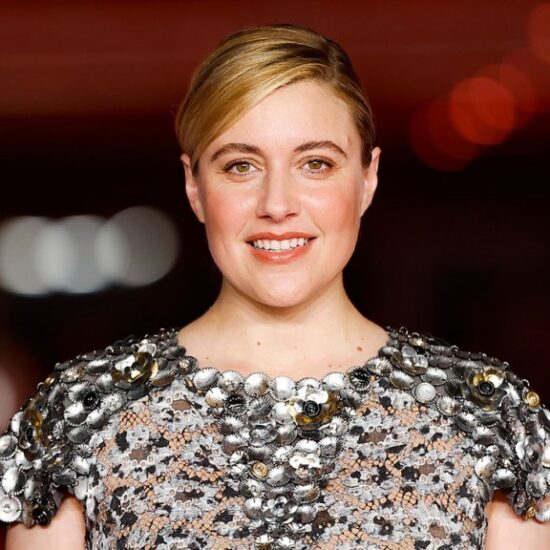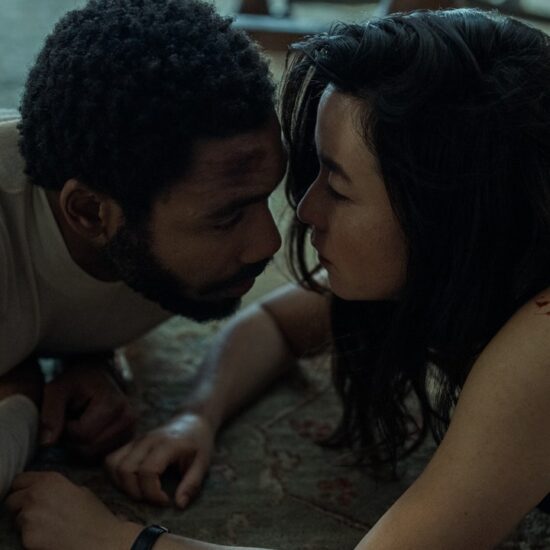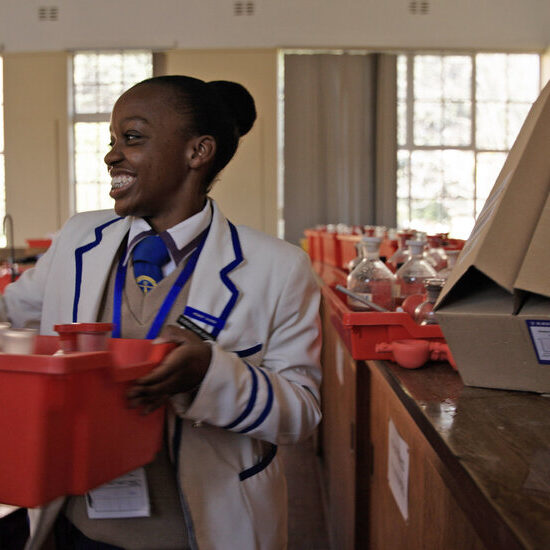
When Alexandra Dean signed on to direct “Casey Anthony: Where the Truth Lies” for Peacock, she had high hopes that the series would help people understand the Casey Anthony murder case, which Time magazine previously dubbed the social media trial of the century, in a new light.
Anthony, now 36, was found not guilty of murdering her two-year-old daughter Caylee during a 2011 trial that captivated the country. Anthony was charged with her daughter’s murder in 2008.
“My biggest hope for the series is that it provokes really profound conversations around how people like Casey are portrayed by the media,” Dean told Variety. “I hope it makes people think more critically about where they’re getting their information. If it’s from an outlet that covers a court case from one side and doesn’t want to hear from anyone not on their side, then they don’t have the full story.”
But after the Nov. 29 debut of Peacock’s three-part docuseries, it became clear to Dean that Anthony is as polarizing a figure as she was 11 years ago, when 12 people found her innocent of murder.
Cardi B, the hosts of “The View” and Nancy Grace were among many who publicly denounced the series. Grace, who turned down an invitation to participate in the project, does not consider it a documentary. “When I hear the word documentary, I think of something that is truthful,” she told the Hollywood Reporter. Guardian critic Rebecca Nicholson called the series “a soft-focus vanity project from a world-class narcissist.”
The public outcry against “Where the Truth Lies” surprised Dean, a former reporter for Bloomberg.
She says that she approached the Anthony docuseries the same way she did earlier nonfiction projects “Bombshell: The Hedy Lamarr Story” and “Secrets of Playboy” — as a journalist. She dug into the details of the case, examined all the evidence, verified that evidence, and interviewed multiple sources on both sides of the fence including Anthony and the police who arrested her for murder.
The helmer also explored Anthony’s alleged sexual abuse allegations against her father George and brother Lee. (Both George, Lee and Casey’s mother Cindy did not agree to be part of the series.) Various other topics that are investigated in the series are the supposed trauma Anthony endured due to the sexual abuse and the Stockholm syndrome she lived with during Caylee’s 31-day disappearance.
Dean’s on-camera interview with Anthony marks the first time that the public has heard from the Florida-native. Dean maintains that she had complete editorial control over the docuseries and that neither she nor Peacock paid Anthony for the interview. (Anthony did receive money for archive footage that she supplied to production including photographs and videos, but Dean says that the total sum paid was minimal.)
Variety spoke to Dean about dividing the series into three parts, the public’s reaction to pedophilia and sexual abuse and why Anthony never believed that her daughter drowned.
Why did Casey Anthony feel like now was the right time to participate in a series like this?
Casey says she chose to speak now because she’s been through 10 years of therapy and dealt with a lot of her trauma and she finally understands what happened to her.
Viewers have taken issue with Anthony saying that trauma due to sexual assault made her lie over and over again during the search for Caylee. Over the last few decades, it’s been clear that the public initially has a hard time accepting allegations of sexual abuse — especially childhood sexual abuse. Why do you think that is?
We don’t want to acknowledge that parents can sexually abuse their children because it’s simply too frightening. The damage to the children is so profound. We never want to hear about such terrifying sexual abuse. It took years and years of whistleblowers coming forward to begin the #MeToo movement. Same with the whistleblowers who revealed pedophilia in the Catholic Church. It may also be decades before we can recognize that sexual abuse by parents is fairly widespread.
Not until episode three do you get into the details of Anthony’s side of the story. Why wait so long?
Until we’ve gone through the doubt and uncertainty of episodes one and two, I didn’t think our audience would be ready, because I myself wasn’t ready to listen to Casey until then. So, episode three is where you hear my probing questions for Casey as I try to understand her version of events. Episode three is where we explore why she behaved so strangely during the 31 days Caylee was missing, and it’s when we hear her story of how her father George pretended to be on her side, told the media she was innocent and then suddenly became the star witness against her. It’s like turning a glass three times and seeing three stories. My conclusion is that we don’t know what happened to Caylee because no one has tested Casey’s version of events in a court of law, but the media and the cops should have looked at all these three sides of the story to evaluate what happened instead of only one. That’s why it’s so important to watch all three episodes before reaching a conclusion.
“The entire defense was that Caylee drowned in the pool, but now she’s saying she didn’t,” one juror told People Magazine. “So either the defense was a lie or she’s lying now.” Can you explain why Casey was OK with her defense using the drowning as a theory if she didn’t believe it?
Casey tells us she felt too traumatized to speak directly to her lawyers about what happened to Caylee, but she told everything to court appointed psychologists who interviewed her in jail. The defense lawyers had access to those transcripts and could craft their arguments accordingly. We checked the transcripts and Casey told those psychologists the same story she tells us now: that her father appeared with Caylee soaking wet in his arms, that the baby appeared lifeless, but he said she’d be alright, that she listened to him because she wanted to believe him, and that he disappeared with Caylee and she didn’t know where he went. So, Casey’s story has been consistent all these years. Addressing why her lawyers chose to go with the theory that Caylee drowned, Casey says her lawyers couldn’t say “Casey doesn’t know what happened to her kid.” They had to come up with a theory they could argue in court. I would add that they also couldn’t put George on trial. That wasn’t their job, their job was to argue for Casey’s innocence.













